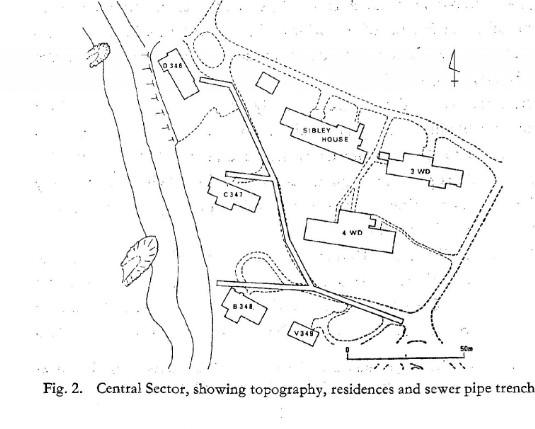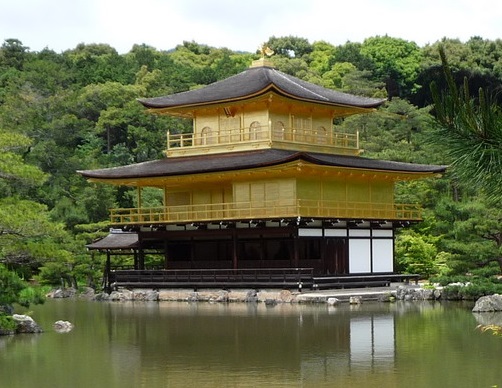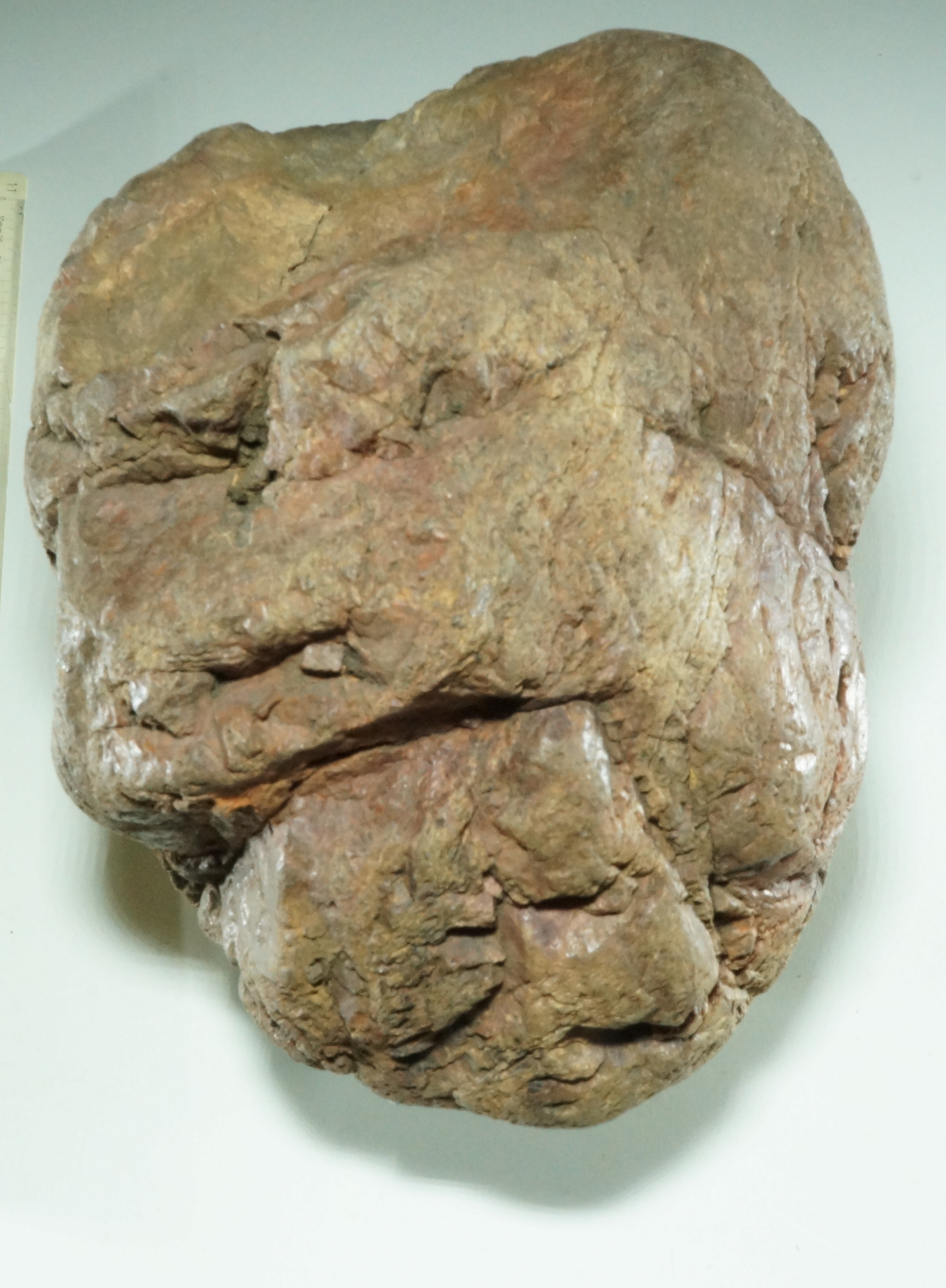Special finds
This "blue tit" is partly quite close to the original. Everything is unworked stone, even the eye (as an expert confirmed to me)! [Length approx. 7 cm]
Found in Loc. 12.
Click the small square in the control bar to enlarge! (full screen and enlarge)
Turtle(toad)-like stones are often found in shrines and temples in Japan as objects revered since ancient times. A tradition that, as this stone shows, apparently goes back to the Stone Age. In fact, the resemblance to a turtle is relatively great here. [Length approx. 8 cm].
This stone has different faces that appear, change and disappear when you turn it just a little. But that is not all. Depending on how you hold the stone, it also has the shape of a (short) phallus, you even think you can make out testicles. What is almost unbelievable is that on top of this a vulva is also clearly visible, even with a clitoris. [Length approx. 11 cm]
Here the stone as a whole is a face or a head, probably that of an animal. [Length approx. 12 cm]
Found in Loc. 53.
This is probably the most fascinating of my finds. A so-called hand charmer, whose worn surface testifies to the fact that countless Stone Age people must have held this stone in their hands as a talisman or magic stone, for perhaps many thousands of years. It is a lava stone that was ejected into the air from the interior of the earth during a volcanic eruption, where it cooled and took on its present bizarre shape. The variety of faces and forms, which change with the light and the angle of view, must have fascinated people then, and now. [Length approx. 8 cm]
For the place of discovery see.
Most of the pictures (where the stone is brown) were taken in natural light.
This is the most important of the finds, as evidenced by the fact that it lay in the middle of a heap of over a hundred larger stones. [read more] Because of its slightly reddish colour and distinct faces, it may have had a cultic significance for the people of the time, similar to special stones in Shintōism up to this day . Perhaps it was some kind of idol.
Found in Loc. 60.
This 'colourful' stone is fascinating not so much for its shape as for the different colours and patterns on its surface. They all seem to be of natural origin.
[Length approx. 11 cm]
Found in Loc. 5.
More animals
There is plenty of room for the imagination here. Small birds or fish are particularly common. Depending on your angle of vision, the same stone can be interpreted in different ways.
Other (animal) heads
Already the classification as a head is influenced by one's own imagination, even more so when one sees human features and assigns certain character traits and feelings to them. Shouldn't this have stimulated and fascinated people's imaginations then as now?
More faces
The above is all the more true when, as here, only individual faces are visible (or seem to be) and are at least partly created by the imagination. But the fact that these stones offer the opportunity to do so is precisely what is fascinating, certainly even more so in the Stone Age than today. If you like, you can certainly discover more among the finds presented here, and discard others instead.
Objects of daily use
Among the finds there are relatively few utensils such as potsherds and simple tools (scrapers, hammers, etc.). These are important for the chronological classification of the finds as a whole. Here are some examples.
All Finds
All the sites are in an area of less than 100 square metres, on the plan to the left south of house B348 (bottom left), about the width of the terrace and to the edge of the steep slope in the west, above the indentation (which is about the same at the top as at the bottom).
To give an overview of the finds and to demonstrate the position of the sites in relation to each other, the finds are laid out here in a basement, roughly to scale. The area in the basement is about 3x6 m. In reality it is more than twice as large, accordingly also the distances between the sites. In some cases, the allocations have been corrected at The Sites below.
Click the small square in the control bar to enlarge! (full screen and enlarge)

The Sites
If you click on the image, other views of the site or individual finds are shown enlarged.
Some of the finds here probably belong to the group of those listed above, but cannot be assigned to any site. The others are probably of a completely different origin. At one site, building rubble was found that was probably left over from a fire in the house there.

